AIGallery.cc: An Experiment with AI-Generated Art
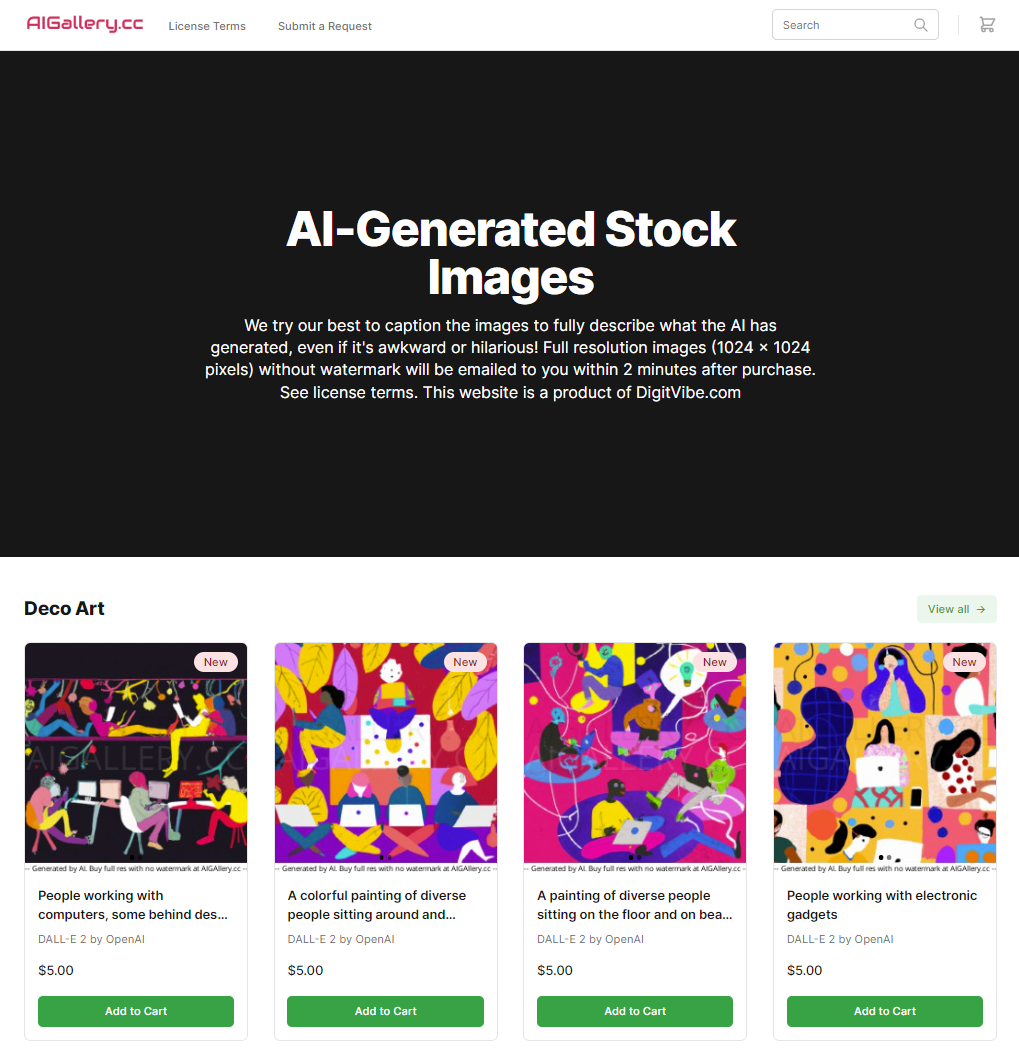
In my previous post I wrote about my excitement with AI-generated images and how I played around with the technology to learn about its capabilities and the opportunities it might bring. In this post I describe an entrepreneurial experiment to try and actually make money with this technology. The full technical aspects of how I built the first Minimum Viable Product (MVP) for this experiment are described in another post (Premium content).
Finding a Business Case for AI-generated Art
OpenAI does give you commercial rights to use the generated images for profit. But it costs a few cents and a few seconds of time to generate an image with DALL-E, and if you end up having to do a lot of trial-and-error to get an image that's good enough for a particular purpose, then the cost per image can be quite high. So starting off, the key question on my mind was:
Thinking through this question got my mind flowing about other sub-questions:
When do people ever pay for images?
The most salient answer on my mind was: stock images. I recently had experiences directly or indirectly purchasing stock images for the cover a book I'm editing and another that I'm authoring. I also know that my employer (University of Calgary) and many other organizations often purchase stock images for various reports, articles, and marketing material.
Is there a pain point in existing stock image solutions that I could solve with AI-generated art?
If you search Twitter with the query "Stock photos frustrating" you'll notice that a common complaint is the lack of diversity and inclusion of people of color with different ethnicities in stock photos.
I only find fantasy stock photos of POC on GettyImages which is beyond frustrating because they’re so exclusive and expensive. Look at these, they’re so great! I need more fantasy themed stock photos for POC please. pic.twitter.com/mgg93bWGDL
— Naomi (@frenchnbookish) November 4, 2020
Other places that have written about the kind of stock images that are "in demand" also refer to diversity and inclusion.
Because the underlying data that DALL-E has been trained on reflects the realities of our society, if you don't specifically ask for diversity, DALL-E is also likely to produce images that lack diversity. But the good thing about DALL-E is that you can design your prompts in such a way that the images produced are more diverse and inclusive.
After some trial and error I ended up being able to find a prompt pattern for DALL-E that produced consistently good results that seemed to be useful stock images with a high level of diversity and inclusion of different ethnicities. See this post for the exact prompts I used. Here are some sample results:
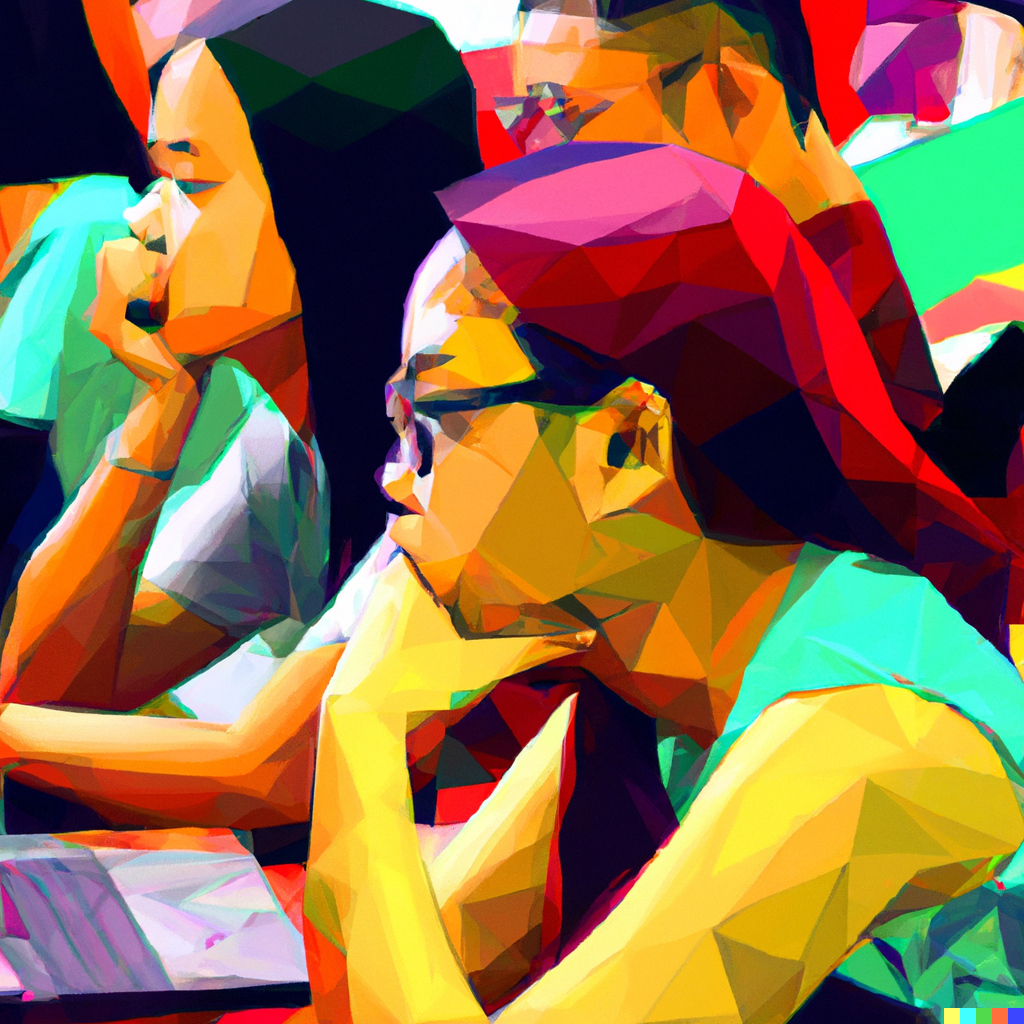
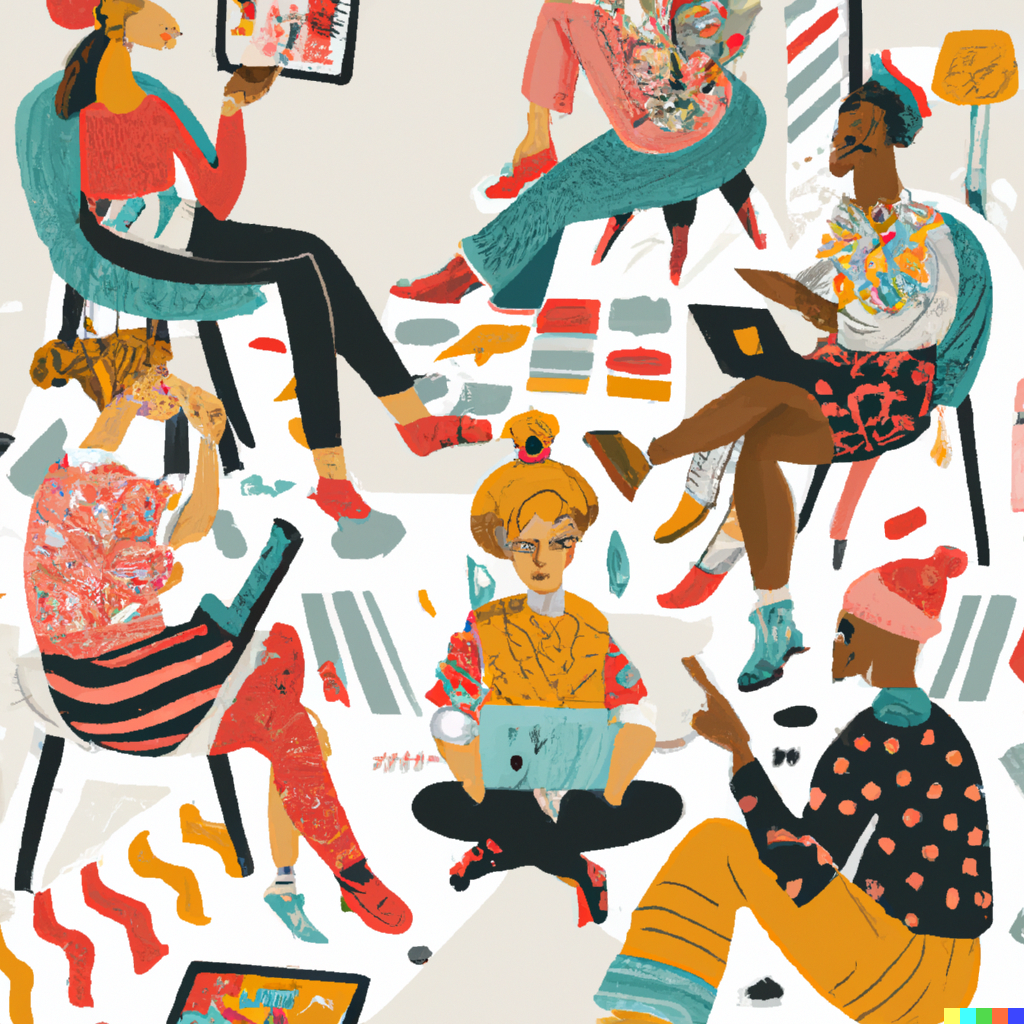
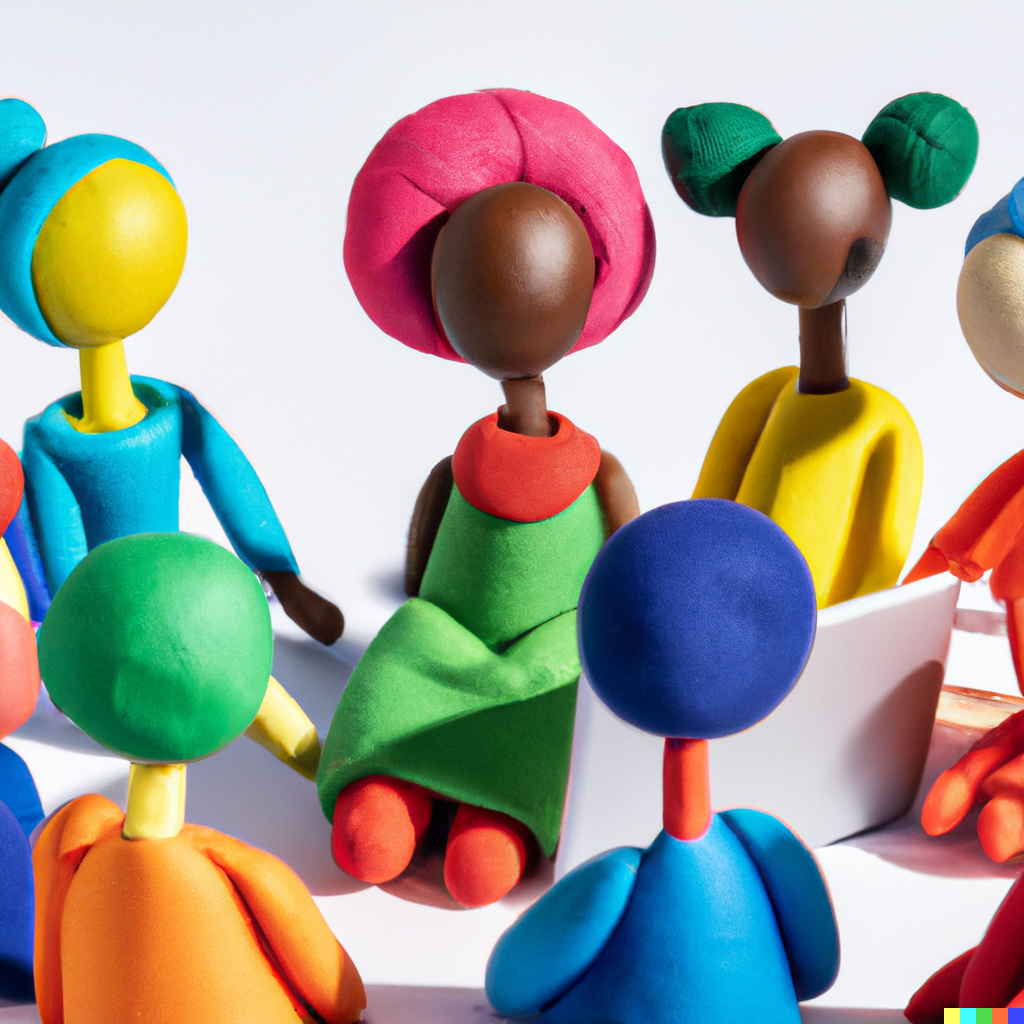
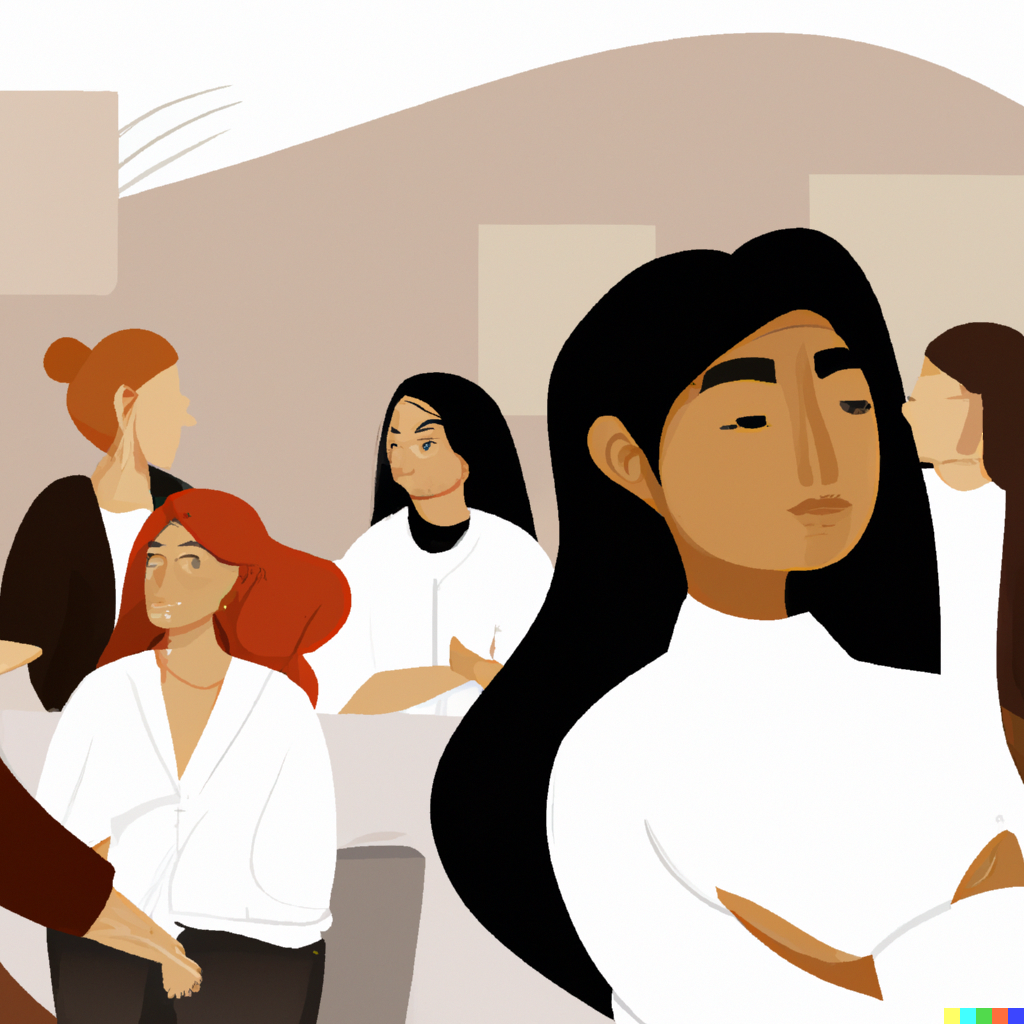
Customer Discovery
Once I had the basic website / online store up and running, I introduced it in a discord group for "small bet" entrepreneurs that I had recently joined. There, I found a supportive entrepreneur who was willing to try out my site by ordering a couple of images. I gave them a discount and they helped me test out the automations in my online store.
But this customer did not want one of the images that was already on the website, and instead wanted a custom request that looked similar to some of the images I had. I was able to generate some images based on the custom request of this individual and finally had my first payments received. It felt great to have my first customer!
I also learned through the process of fulfilling an actual order that there were some glitches with my Make.com automations, but I was able to fix them quickly.
After the purchase was over, I asked this friendly supportive customers some questions to help me better understand my potential target market. They were an entrepreneur wanting stock images for a landing page about an online course. They mentioned to me that most other stock image websites have a subscription model and that they would have paid more if they could get exclusive rights to the image.
After this experience, to do some more customer discovery, I talked to someone in the communications and marketing department of my own employer (University of Calgary) who regularly buys stock images for the various publications and documents at our business school. From this conversation I learned a few important things:
- They pay about 10-25 dollars per stock photo, and they buy 2-3 times per month.
- Almost 70% of all the images they buy are photos of real people
- For use in print, they usually need very high resolution images
- Diversity is not a problem most of the time, but sometimes it is. For example, it is hard to find an image where there is a male and female student but they are depicted as equals (e.g., the male is not explaining something to the woman).
What's Working and What's Not
Based on the above experiences and conversations, I made a few observations about what's working and what's not working:
- Most stock images that people want are photos of real people, and DALL-E (and most other AI engines) are not great at drawing humans, especially realistic humans, and often messes up their faces or other body parts.
- Identifying the ways in which the AI has messed up an image sometimes takes skill, and your eyes get trained for it over time. Going back after a couple of weeks and looking at the images I thought were "good", I now notice a lot of errors and blemishes.
- I don't have a huge enough collection of images that people can just search in and find what they need. For most customers I'd probbaly have to deliver custom requests which will not be scalable and will be too much of a burden on my time.
- There is a reason that so many stock image websites have a subscription-based business model. Most customers only buy once in a while, so a pay-per-image model is not very profitable.
- The pain point about lack of diversity in stock images is probably not a big enough problem for a large enough market right now, and the current big players are on top of trying to address it.
- The legalities of selling AI-generated images as stock images are still being debated. Getty images has recently decided to ban AI-genrated stock images.
- The actual building of the fully functional online store was fun and educational, and helped me discover new tools. I write all about it in this post.
- Posting AI-generated art systematically on Instagram was surprisingly effective and I got a relatively good number of people to follow the AIGallery.cc Instagram account in a matter of days. There are communities of #AIArt enthusiasts on social media who are curious to see what AI can do.
Time to Pivot
By now I have enough evidence that the experiment is not working on the current path, so I'm going to change some things and try a different direction.
Ideas I may explore later include minting AI-generated images as NFTs and selling print-on-demand merchandise with AI-generated images.
However, in the short term I am going to try building on the success I had at using AI-generated art to gain a following and build an audience on Instagram, and perhaps direct that audience to related products such as photo books, NFTs or print-on-demand merchandise I develop down the road.
I am also experimenting with AI engines other than DALL-E such as Midjourney and Jasper.ai and I've found that each has its strengths and weaknesses. Prompts that work well in one may not work well in another.
Full Tutorial of How I Built AIGallery.cc is Available to Premium Subscribers
In this post available to premium subscribers you will learn:
- How I found a good prompt pattern for DALL-E that produced consistently good results.
- How I created an online store with full payment functionality from a list of products in a spreadsheet with a few clicks using a sheet-to-store solution
- How I automated the process of adding new digital products (in this case images) to my store by simply placing them in a folder
- How I automated the process of fulfilling an order in my online store, such that the ordered digital products get emailed to the buyer
- How I automated the process of watermarking and resizing images for display in the online store
- How I automated the process of posting on social media based on new products added to the store
- How I used a trick to put the store on a custom domain (www.aigallery.cc) even though the sheet-to-store software did not have custom domain functionality
- How I used a form builder to add a custom requests feature to my online store
The complete stack of tools I used in the end includes: DALL-E, Dropbox, Google Sheets, Store.Link, Pabbly, Make.com, Robolly, Way.live, Tally.so, Paypal, Stripe, Gmail, Instagram, Twitter, and Pinterest.

Member discussion